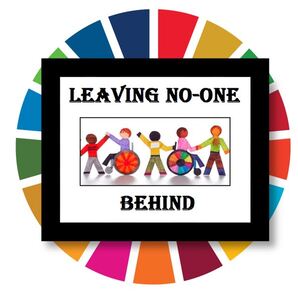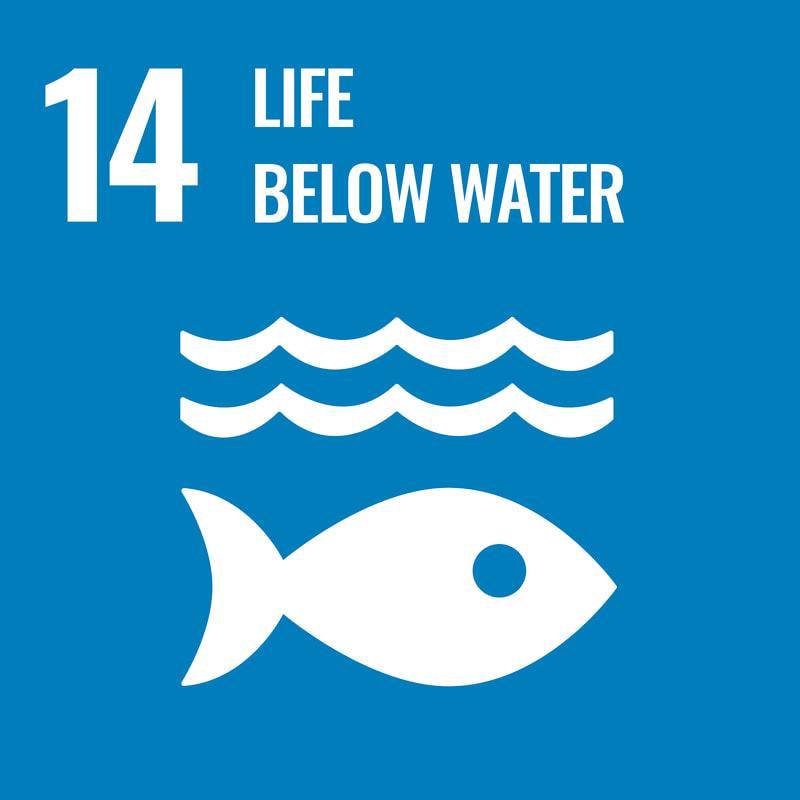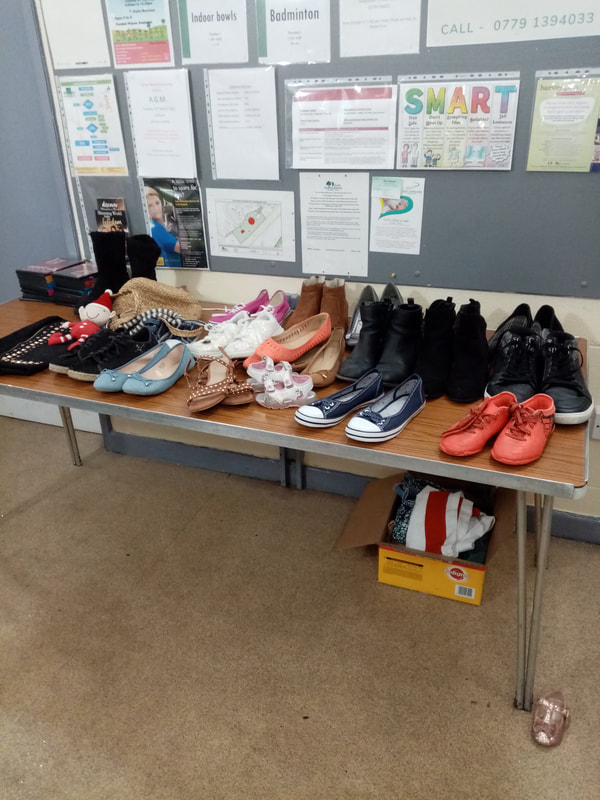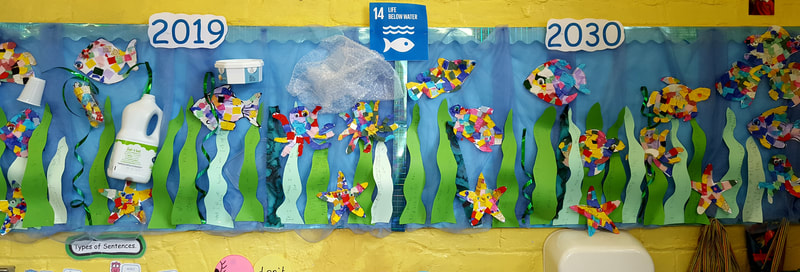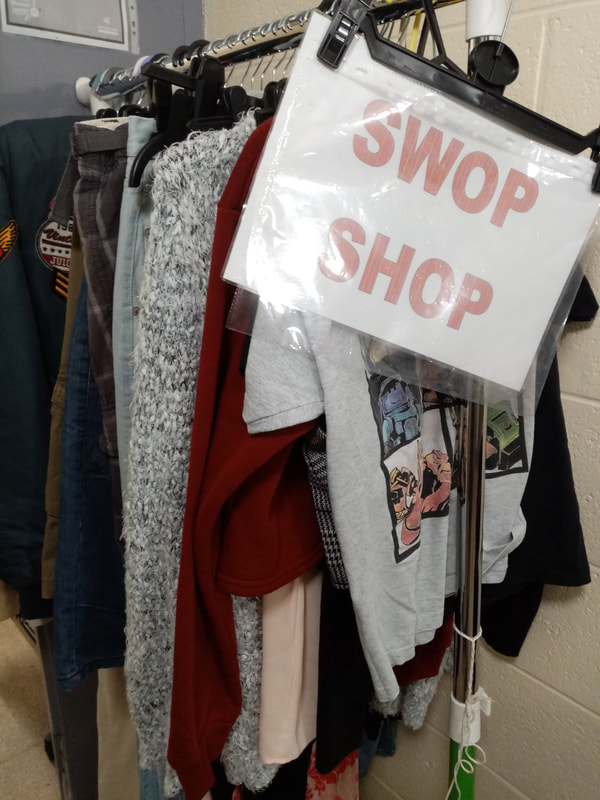Big Idea:
We readily recognise plastics in many forms around us, in everyday life, but fail to see it hidden away in many ways. We often fail to relate our misuse of plastics to our wider attitudes, values and behaviours surrounding consumption and use of materials as a whole.
The idea is to use this taught content to lead onto student-led activity/campaigns, encouraging others to be mindful about consumption and disposal of plastics and other man-made materials.
The idea is to use this taught content to lead onto student-led activity/campaigns, encouraging others to be mindful about consumption and disposal of plastics and other man-made materials.
Type of Activity:
This is a short series of lessons, making young people aware of the wide-ranging presence and impact of plastics in society and on the oceans, and supporting them to create an awareness-raising campaign/community activity.
Who is it for?
Ages 11 to 16.
What do I need?
Selection of everyday items containing plastic from very obvious examples, eg. plastic bag, bottle of water, ball, pen ... to less obvious, such as tea bag, drinks can, cleaning wipes, toothpaste, item of clothing.
www.almostzerowaste.com/surprising-things-that-contain-plastic/
Video clip - How much plastic is in our oceans? (linked on this page)
www.almostzerowaste.com/surprising-things-that-contain-plastic/
Video clip - How much plastic is in our oceans? (linked on this page)
How long does it take?
3 x 45 minute lessons.
Introduction
Lesson 1: Present students with a collection of items, all containing plastic, and ask them to sort into two sets - contains plastic/does not contain plastic. Ask the group to explain their decisions, before revealing that ALL the items contain plastic (microplastics are very small, some tiny plastics are invisible to the human eye).
Share a list of items containing plastic - Which of these items surprise you? Which do you use? Make individual lists/Post-It's - What plastic items have you used since you got up this morning? What plastic items are in your school bag?
Discuss responses together - Are these items essential? Are there alternatives? Allow class time to suggest/research alternatives.
Share a list of items containing plastic - Which of these items surprise you? Which do you use? Make individual lists/Post-It's - What plastic items have you used since you got up this morning? What plastic items are in your school bag?
Discuss responses together - Are these items essential? Are there alternatives? Allow class time to suggest/research alternatives.
What next
Lesson 2: Show and discuss video. Why is plastic a big problem? What can we do about it?
Make sure that reducing consumption, buying less, making, reusing and repurposing items is seen as a big factor - rather than ensuring that rubbish is simply recycled at the end of it's life. How can we move from a throwaway society to one that buys wisely and makes things last? Is your rubbish another person's treasure?
Share ideas for an awareness-raising/action campaign to support this message and plan activities as a class/small groups utilising the strengths, skills and knowledge within the group.
Make sure that reducing consumption, buying less, making, reusing and repurposing items is seen as a big factor - rather than ensuring that rubbish is simply recycled at the end of it's life. How can we move from a throwaway society to one that buys wisely and makes things last? Is your rubbish another person's treasure?
Share ideas for an awareness-raising/action campaign to support this message and plan activities as a class/small groups utilising the strengths, skills and knowledge within the group.
Finally
Lesson 3: Select one activity to proceed with and organise as a class - an assembly, a wall display, a pledges for the future tree, a clothes swap, a video game sale - based on suggestions put forward by the young people. How much time have we got? What resources and skills do we need?
Debrief activity afterwards, to build confidence and skills for more activities in the future, What has gone well? What did you learn about yourself? How could the activity be improved? Is there a way to increase impact/reach a wider audience next time?
Debrief activity afterwards, to build confidence and skills for more activities in the future, What has gone well? What did you learn about yourself? How could the activity be improved? Is there a way to increase impact/reach a wider audience next time?
Find out more
World Water Day - 22 March - World Water Day | World Water Day 2022
The Invisible Plastic Particles in Our Drinking Water - www.earthday.org/the-invisible-plastic-particles-in-our-drinking-water/
The Invisible Plastic Particles in Our Drinking Water - www.earthday.org/the-invisible-plastic-particles-in-our-drinking-water/
